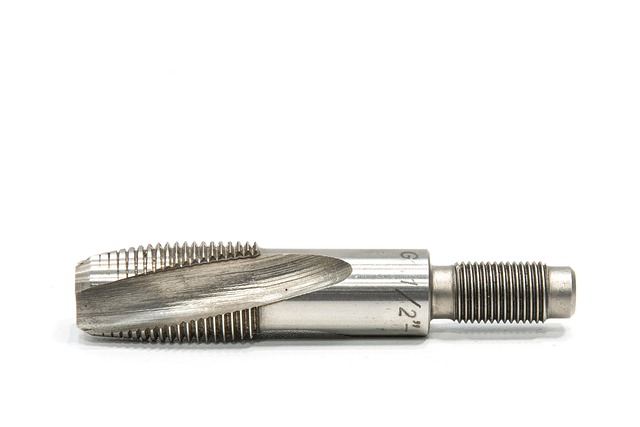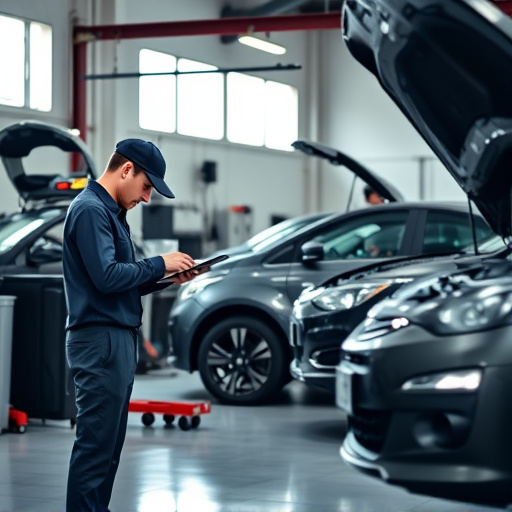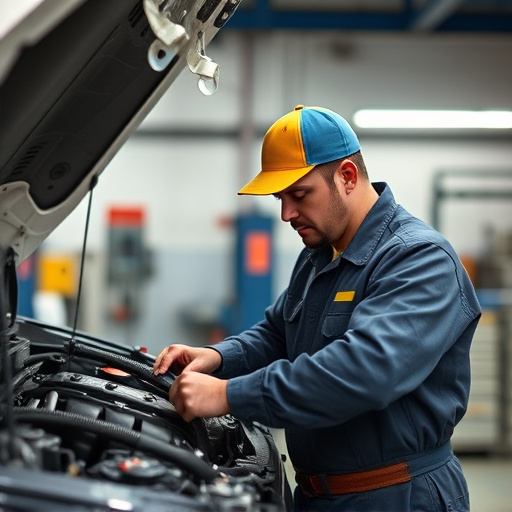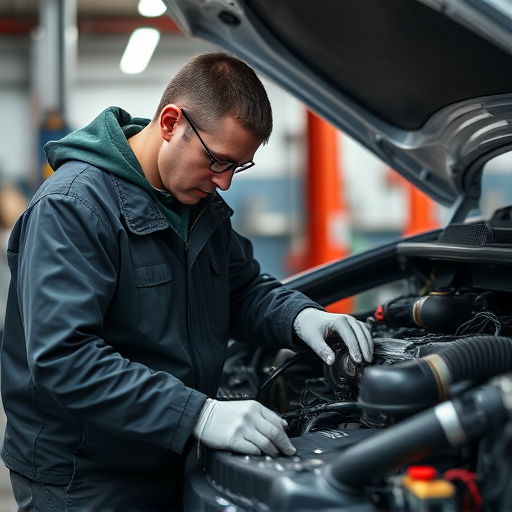Collision repair shops experience increased delay concerns during peak seasons due to higher demand from traffic and weather-related incidents, straining resources like skilled technicians and parts availability. To combat this, shops should implement strategic solutions including digital estimating tools, job prioritization, regular staff training, and well-maintained equipment to optimize workflow and efficiently manage customer promises.
In the dynamic world of collision repair, peak seasons bring both opportunities and challenges. As demand surges, facilities face increasing pressure to deliver swift and quality services. However, delays become a persistent issue, impacting customer satisfaction and operational efficiency. This article delves into the complex dynamics of high-demand seasons, explores common causes of delay in collision repair, and offers strategic solutions to mitigate these concerns, ensuring improved service delivery during bustling times.
- Understanding the Peak Season Dynamics in Collision Repair
- Common Causes of Delay in High-Demand Seasons
- Strategies to Mitigate Delay Concerns and Improve Service Efficiency
Understanding the Peak Season Dynamics in Collision Repair

Collision repair shops often experience peak seasons during times when road accidents are more prevalent. These periods, typically characterized by higher traffic volumes and bad weather conditions, lead to an increase in the number of vehicles requiring collision repair services. Understanding these dynamics is crucial for managing delay concerns.
During high-demand seasons, various factors contribute to longer wait times. The surge in vehicle collisions can overwhelm repair capacities, leading to backlogs. Skilled technicians may be in short supply, further exacerbating the issue. Additionally, acquiring necessary parts for specific car models or unique repairs can become more challenging and time-consuming. All these elements combine to create delay concerns for both customers and the collision repair industry as a whole, emphasizing the need for efficient planning and resource allocation strategies to navigate these peak seasons effectively.
Common Causes of Delay in High-Demand Seasons

In high-demand collision repair seasons, such as after major accidents or during peak weather events, several factors contribute to delay concerns. One of the primary causes is the surge in the number of vehicles requiring service. Auto repair shops often struggle to keep up with the influx, leading to longer waiting times for customers. Moreover, specialized services like fender repair and dent removal take time, especially when each job requires meticulous attention to detail.
Another significant factor is the availability of parts. Many auto repair shops rely on suppliers who may experience delays in delivering replacement parts, further prolonging the repair process. Additionally, some complex repairs necessitate specialized equipment, which might be shared among multiple shops or limited in availability, adding another layer of delay. These challenges underscore the importance of effective planning and resource management for auto repair shops during high-demand periods.
Strategies to Mitigate Delay Concerns and Improve Service Efficiency

To mitigate delay concerns collision repair shops can implement several strategies that enhance service efficiency during high-demand seasons. One effective approach is streamlining the estimating process, which reduces time spent on paperwork and allows for quicker authorization of repairs. Digital estimating tools, integrated with customer management software, enable quick access to accurate information, minimizing delays caused by manual data entry or waiting for approvals.
Additionally, prioritizing repairs based on severity and customer urgency can significantly improve turnaround times. Car body shops can employ a structured queuing system, categorizing jobs as high, medium, or low priority. This ensures that critical repairs are addressed first, while less urgent tasks are scheduled accordingly, preventing one type of repair from monopolizing resources and causing delays for others. Efficient auto maintenance practices, such as regular staff training and well-maintained equipment, also contribute to a smoother workflow, minimizing unexpected downtimes and keeping promises to customers.
In high-demand repair seasons, delay concerns in collision repair can significantly impact customer satisfaction. By understanding peak season dynamics and common causes of delays, such as limited resources and increased workload, shops can employ effective strategies to mitigate these issues. Implementing efficient scheduling, enhancing communication with customers, and optimizing workshop layouts can improve service efficiency and ensure faster turnaround times during busy periods. These measures are crucial for collision repair businesses aiming to maintain high standards and meet customer expectations in spite of seasonal demands.













